If you’re here because you want to have a romantic relationship with a writer, you’re in the wrong place.
However, if you want to establish personal contacts with editors and editors, build strong business relationships and, in some cases, create a true friendship, read on.
When a marketing agency or in-house content marketing team works with publishers, there are mutual benefits. The writer gets high quality content on his site and the marketing team gains the visibility or links that accompany the creation of excellent content.

Keep this dynamic in mind and remember:
The people behind the publisher. Call on these people on a personal level throughout the outreach process, and you’ll be amazed at the magnitude of your efforts. Here’s how to do it.

The initial pitch
It all starts here. Writers will be able to easily recognize if you make little effort to prepare them for your argument. If you send them a model-based message, your email will be deleted and mentally thrown into the “non-human communication” pile.
Before you even start writing e-mail, determine who you’re talking to. Hopefully you’ve already done extensive research to develop the perfect list of terrain. Use the information you’ve gathered to write an engaging speech.
Personalize email
The best way to communicate with someone is to customize the email you send. When you do this, you send a signal that the recipient is worth your time and that their thoughts are important to you.
To discover the details of a writer who will help you create a very powerful intro, try the following:
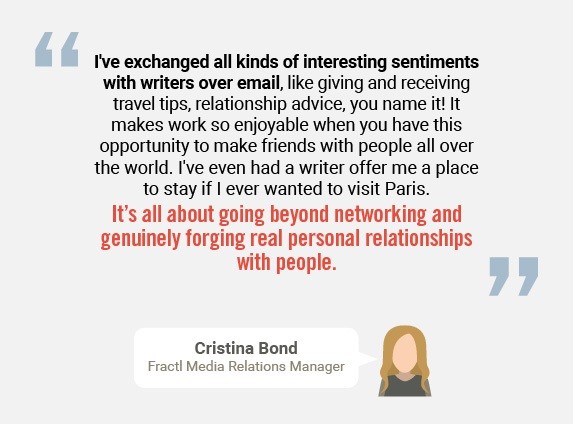
Check to see if they have a bio page on their publication’s website (or check out their Twitter biography or personal website). If this is the case, check to see if you have anything in common that you can open with.
Read what they’ve written in the past and, if so, start your email with comments that prompt reflection on one of their articles or blog posts (especially if it’s what you’re trying to argue)!
These approaches can initiate real conversations. I hope you will connect with similar interests that will develop constructive dialogues.
Remember: people much prefer those they work with!
Explain how content benefits them
Again, you’re talking to one person. So the first thing to do is to respect your time. Don’t peel the mail at all – keep things simple. Include only the information that matters most.
What kind of information is that?
To build strong relationships with editors, show that you’ve researched their audiences and explain how the writer and his readers will benefit from your content. Writers will respect the fact that you are not only looking for a link, but that you honestly want to establish a mutual benefit.
Here’s what you need to include in the body of your initial pitch email:
Some writers read hundreds of reliefs a week – be concise, clear and personalized.
Follow-up emails
If the writer ends up taking an interest in your content (because of your amazing speech) and publishing it, it’s a big win for both of you.
Because it is a mutual victory, many writers will want to maintain their relationship with you. Now that they’ve published your content once, they know they can trust the type of material you send and that they honestly value what their readers want to read.
How can you help maintain this relationship?
In our exclusive survey of publishers, we found that there was a clear preference for e-mail in maintaining communication with editors and editors. So it’s always a safe bet.
When you decide to contact your contact by email, you need to keep a key element in mind.
Don’t always send them content related to your work or your client’s work.
Sending too many direct presentations too quickly will change the tone of the conversation and could lead the editors to think that you are now trying to use this open communication to get as many posts as possible, without the same attention you took the first time. around.
Continue the personal speech. Learn more about the person behind the writer. You can develop this conversation by:
Provide some information about yourself. What did you do last weekend? What exciting plans do you have to come? Opening up about your life could lead to conversations that will help you find commonground.
Talk about something that the author/editor recently published. Take a topic that they are obviously interested in and comment on it. This is a discussion to which they are much more likely to be engaged.
Taking the time to invest in your close relationships will not only be a winning solution for all participants, but will also result in a more enjoyable work experience and eventually a true friendship.
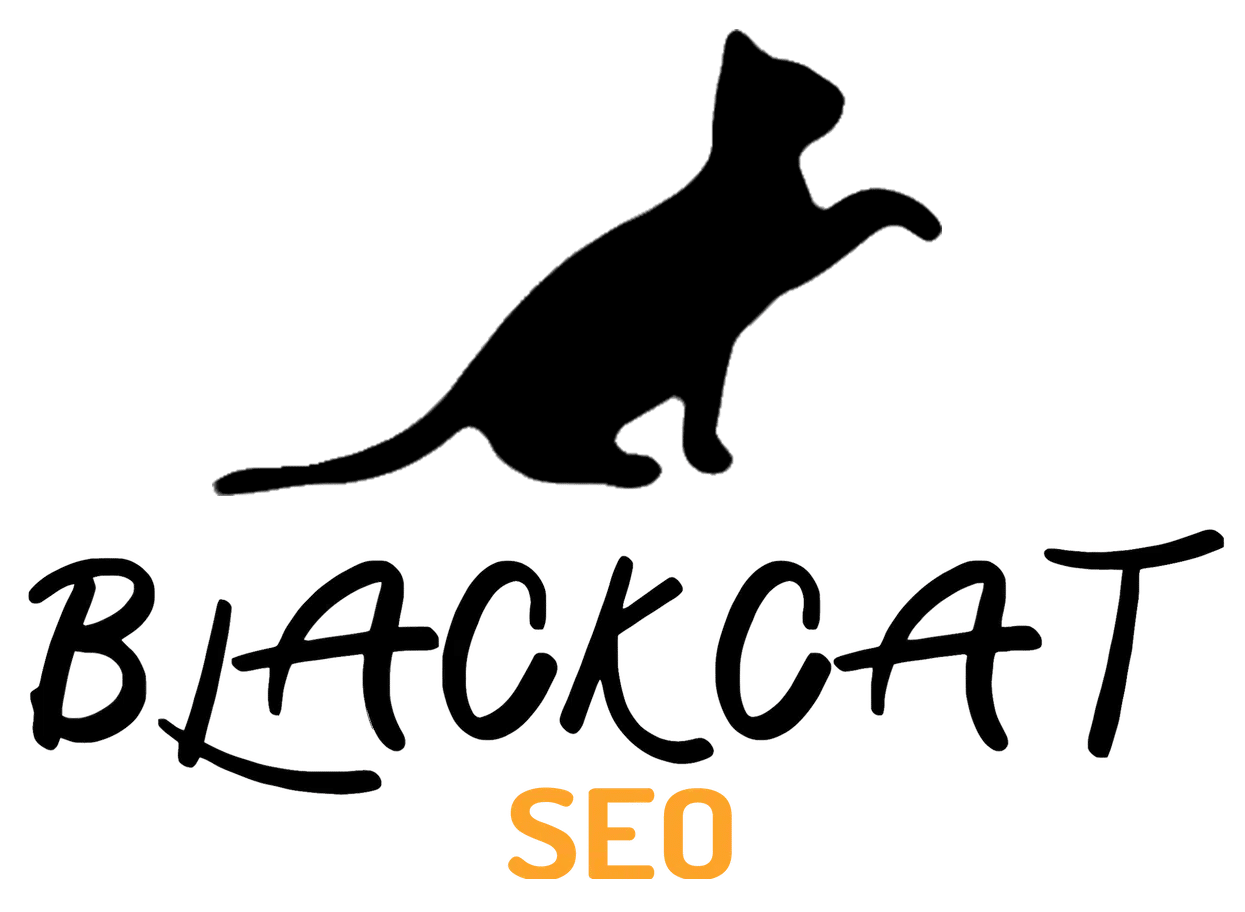


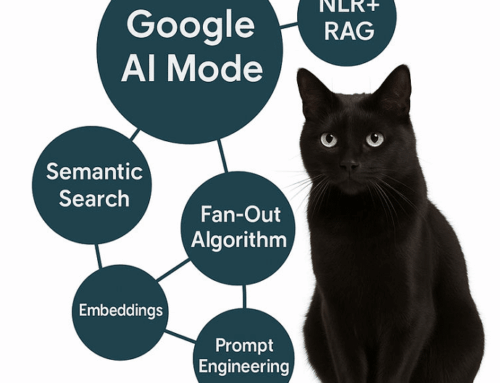
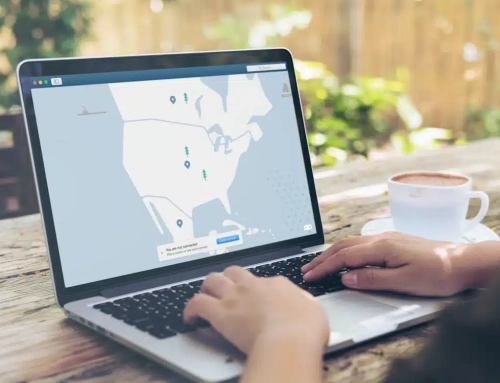
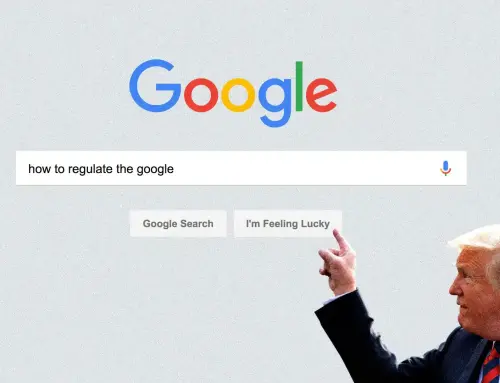

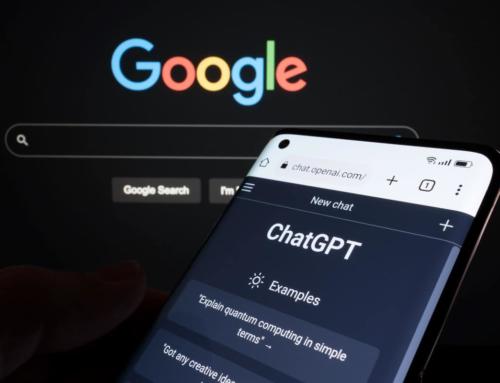
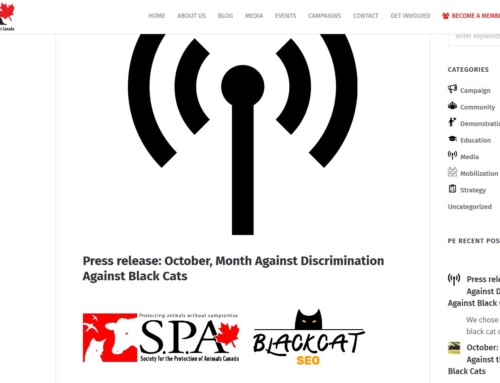
Leave A Comment